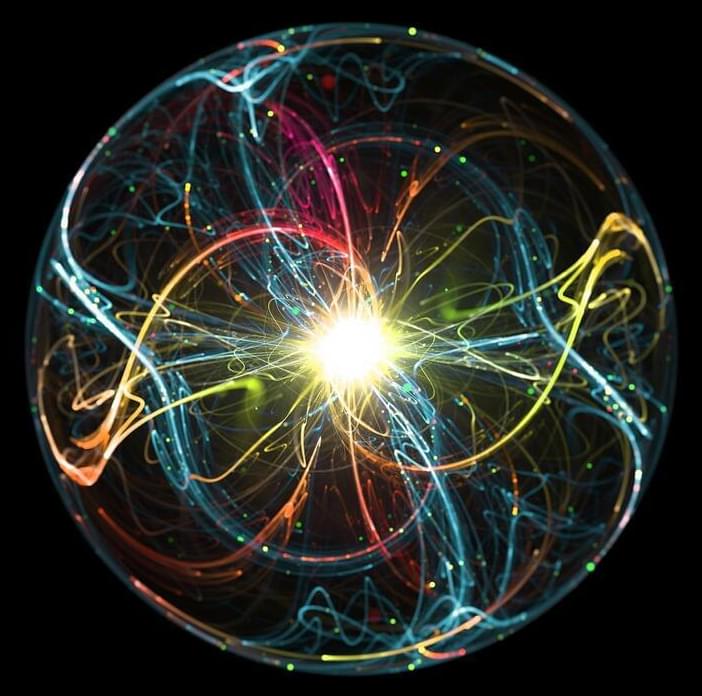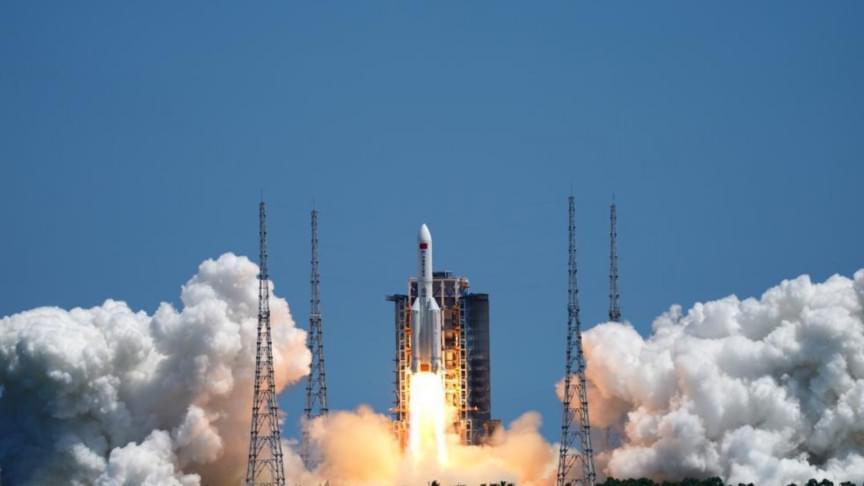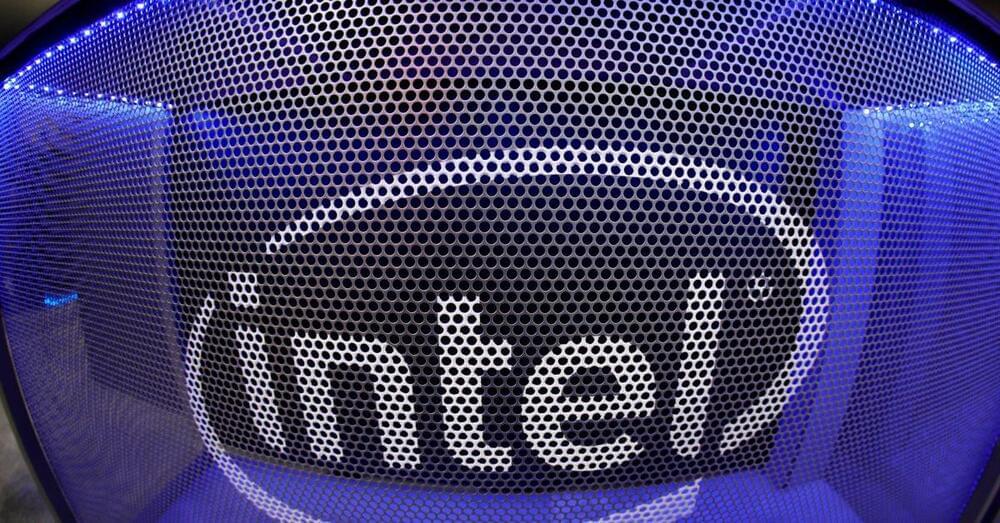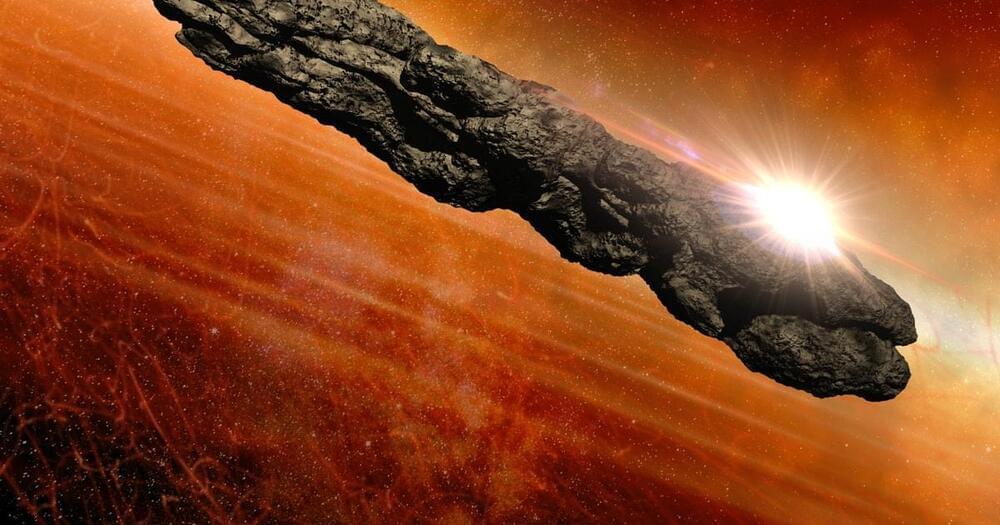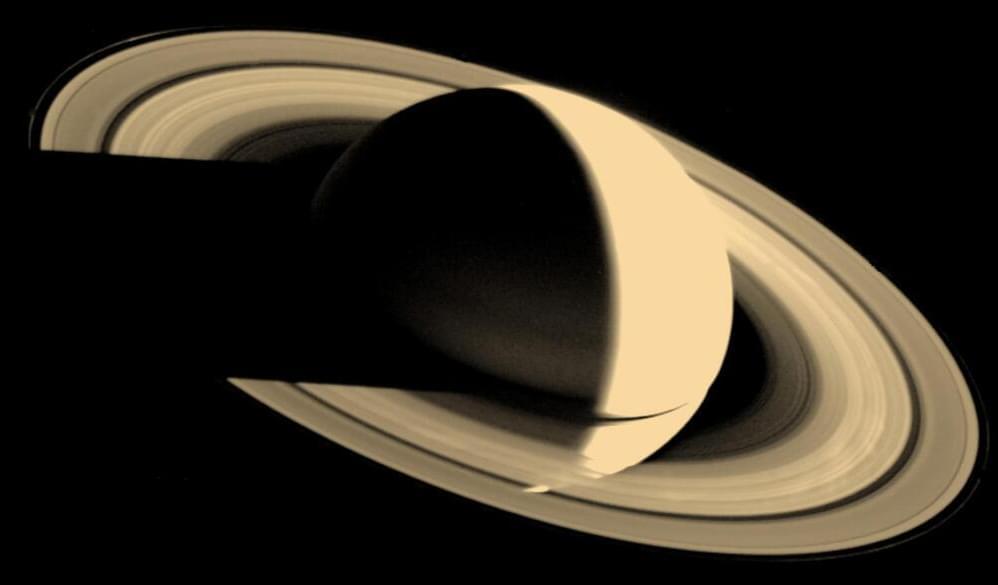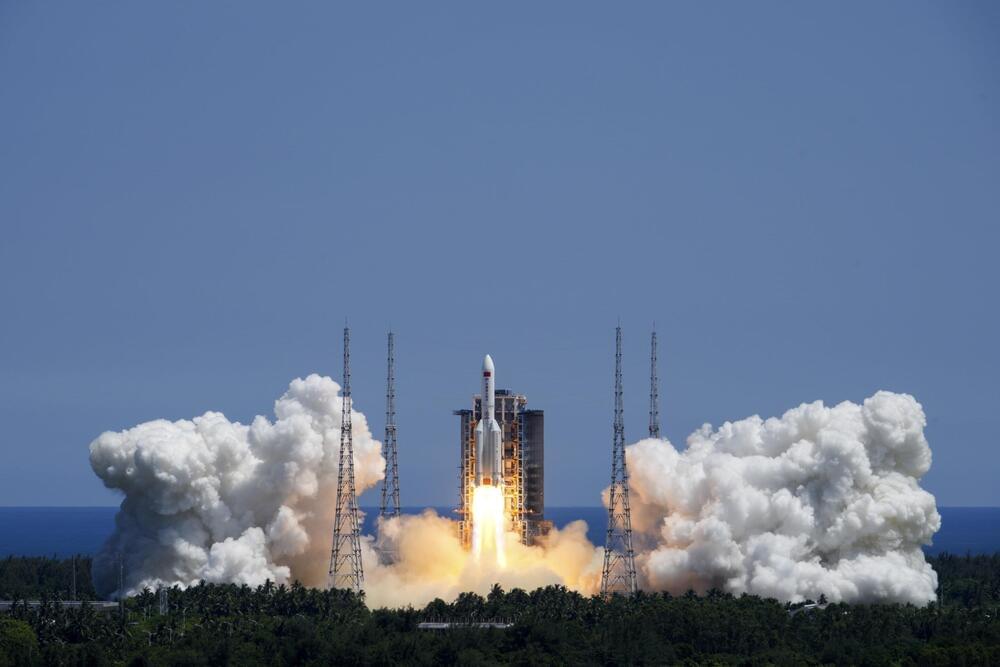According to traditional thinking, distorting a flat space by bending it or stretching it is necessary to create a curved space. A group of scientists at Purdue University has developed a new technique for making curved spaces that also provides the answer to a physics mystery. The team has developed a method using non-Hermiticity, which occurs in all systems coupled to environments, to build a hyperbolic surface and a number of other prototypical curved spaces without causing any physical distortions of physical systems.
“Our work may revolutionize the general public’s understanding of curvatures and distance,” says Qi Zhou, Professor of Physics and Astronomy.
“It has also answered long-standing questions in non-Hermitian quantum mechanics by bridging non-Hermitian physics and curved spaces. These two subjects were assumed to be completely disconnected. The extraordinary behaviors of non-Hermitian systems, which have puzzled physicists for decades, become no longer mysterious if we recognize that the space has been curved. In other words, non-Hermiticity and curved spaces are dual to each other, being the two sides of the same coin.”
